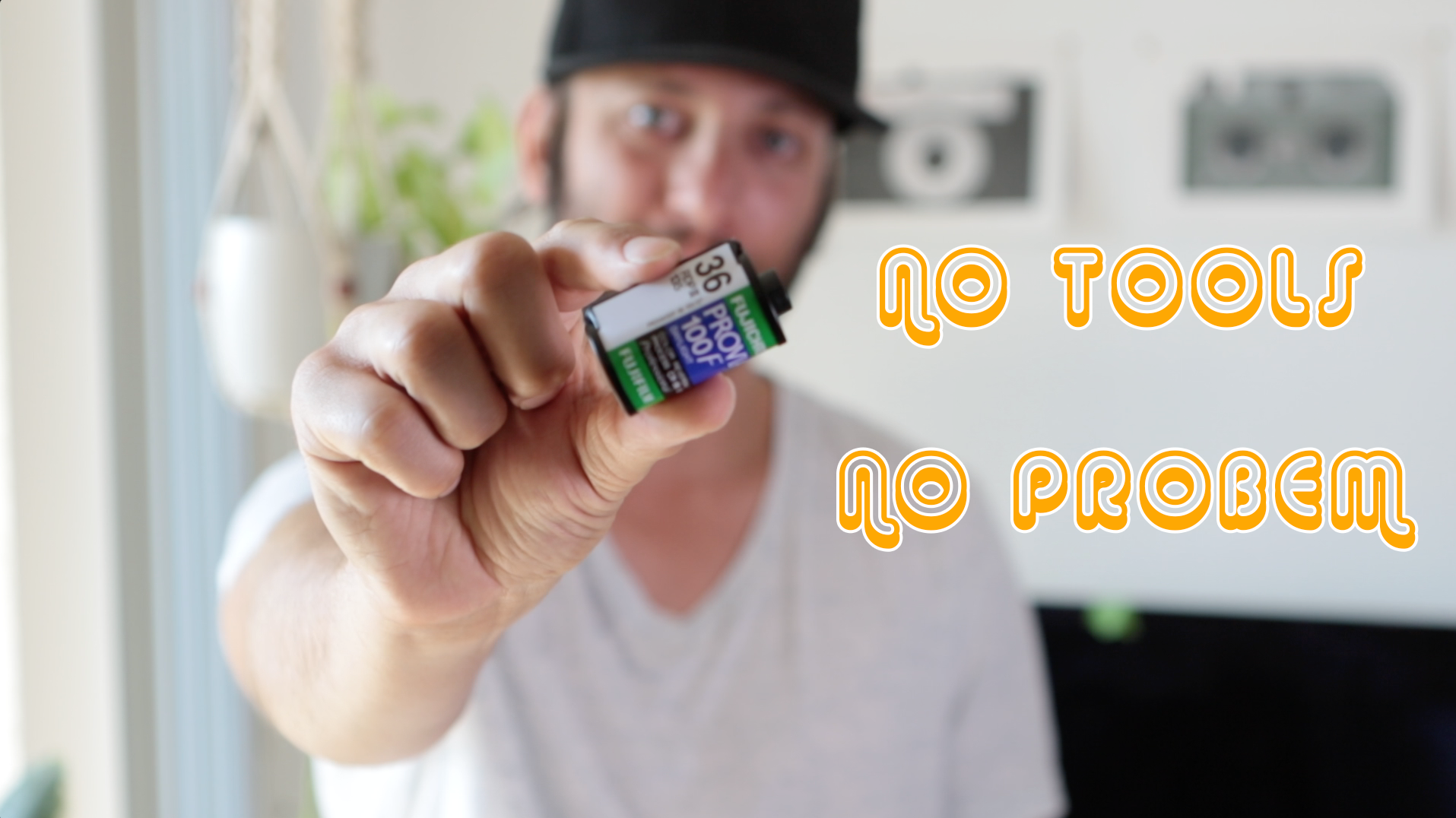My Money Saving Tips For Photographers!
First, beware of photographers and photography influencers selling to you. You must remember that they often have a different perspective than that of a working photographer. Furthermore, because gear review channels in part earn their income from affiliate links, they have an incentive for you to buy gear. To me, this seems like a conflict of interest. When they have an affiliate link in the description to buy the piece of equipment they are reviewing, their video is essentially a commercial.
I know that some influencers feel they can check themselves and that they can be honest, even with an inherent conflict of interest. But no one can really check themselves fully. Would you trust wall street to police themselves? Furthermore, a lot of games are played to get views and to feel more ethical about what they're doing. One example is not technically claiming a camera is the best camera at - whatever - by posing it as a question. Silly. Another technique I've seen is finding just one great feature of a camera and only discussing it whilst ignoring other aspects.
Next, be cautious of photography workshops. Yes, you can of course learn at a workshop, but there are a few issues worth exploring:
First, lots of celebrity photographers - and by that I mean photographers that are celebrities among photographers, not photographing celebrities - are simply great marketers, not always great photographers. But even if they are a great photographer, that does not mean they are a great teacher. Furthermore, if you're just starting out, you may not be able to absorb or effectively execute what they are teaching at this time. Lastly, great photographers do not always make great teachers or communicators.
Next, when purchasing peripheral gear, look to save money by buying the same exact product, not marketed toward photographers. I find deals all the time this way from LED lights, to sandbags, to clamps, to using a sous vide to heat my color chemicals.
With purchasing gear, I recommend buying the essentials first, and expanding from there. You do not want to buy anything you do not need- something you're likely to do when starting out.
Buy lenses first. They hold their value and you can always sell them without a major loss. Buying refurbished is a great and safe way to save money. Personally, though, I would avoid the risk involved with buying on Ebay, etc.
When it comes to camera bodies, I recommend a few things: Buy last gens model to save money. Ask yourself if you've done everything you can to improve your skill prior to buying a camera to improve the quality of your work. Learn skills to compensate for missing tech, like eye detect auto focus.
For amateur photographers, don't over purchase a camera. Buy something you can grow into. If you buy too much camera, by the time you are able to use it to its fullest potential, its not longer so cutting edge.
Lastly, if you're an amateur, consider shooting film. Depending on how often you shoot, and if you're willing to develop your own film, it can actually be significantly cheaper than buying new digital equipment.
I have been a professional event photographer and photography teacher for 10 years. Follow the links below to see more of my work or to support my efforts to help other photographers.
Patreon | https://www.patreon.com/mikmilman I
Instagram | @retrograding https://www.instagram.com/retrograding/
Facebook | https://www.facebook.com/mikmilman/






